What is the tolerance range of precision screws?
What is the tolerance range of precision screws?
Service Hotline
+86760-8787 8587We have more than ten years of experience in screw industry production. The main products are: installation nails, metal enlarged flat washers, PP polypropylene screws, high-strength pressure plates, cross flat head screws, through-hole rivets, insulating washers, iron GB867 rivets, A Stainless steel washers, iron colored zinc screws, knurled aluminum rivets, set screws, GB3788U screws, small countersunk head bare rivet nuts, hexagonal copper bolts and other fasteners, due to different product materials and specifications, the price is also different, please contact us if necessary.


T-bolts are a common type of bolts that tend to be used with rails when used. When the existing rail is in use, the T-shaped bolts are easily stuck and cannot reach the designated position well, and the use is not convenient enough, so that the T-shaped bolts cannot be well fixed.
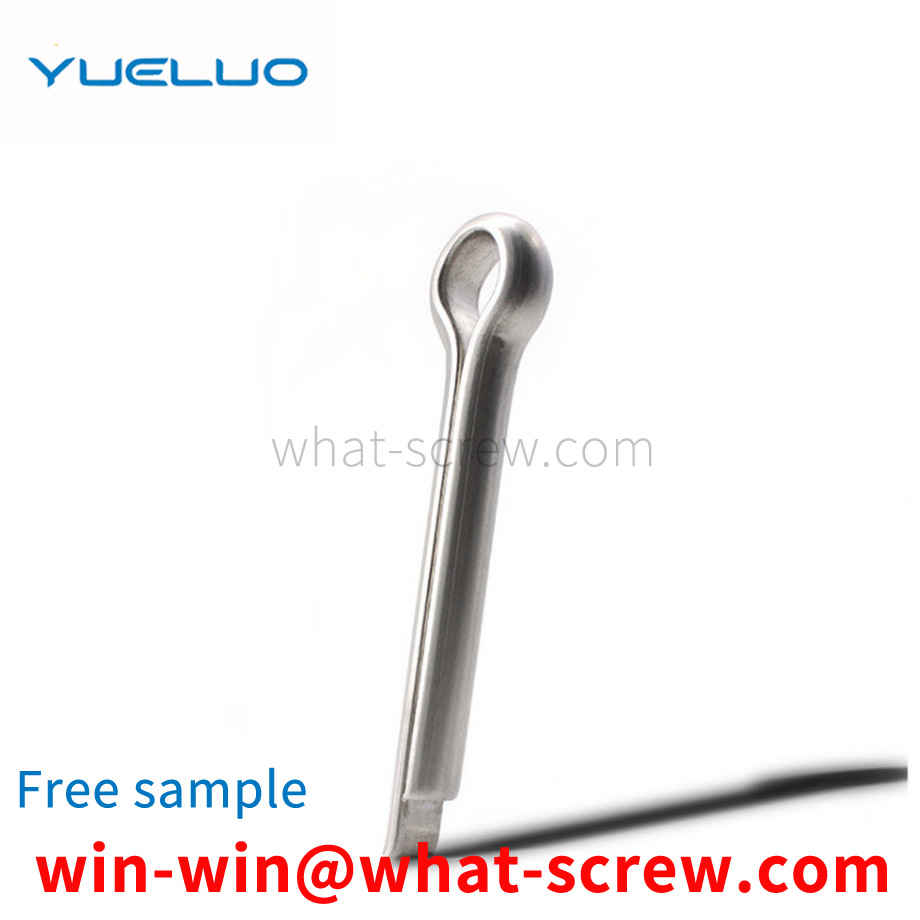
The Greek mathematician Arkutas once described the principle of screw, screw, screw. In the first century AD, the Mediterranean world had begun to use wood screws, screws, and screws in screw presses that could press olive oil from olives, or make wine from grapes. Before the fifteenth century, metal screws, screws, screws were rarely used as fasteners in Europe. Rybczynski (Rybczynski) proves that hand-held screwdrivers and screwdrivers existed in the Middle Ages (at the latest AD 1580), but it was not until the eighteenth century that threaded fasteners were commercialized and began to be widely used. . Before threaded fasteners were widely used, there were many different ways of tightening. Mostly related to woodworking and forging, and less to machining, concepts such as dowels and pins, wedges, tenon and tenon, dovetails, nails, forge welding, and others are tied with leather or fiber and tied together. Before the mid-nineteenth century, ships were built with cotter pins, pin bolts, or rivets. There were also adhesives, but not as many as they are here today. Metal screws, screws, and screws became commonly used fasteners after the use of machine tools in the 18th century to mass-produce screws, screws, and screws. This technology developed around the 1760s and 1770s, along two separate processes. Approaches, but quickly converged: wood screws, screws, screws (metal screws for wood fixing, screws, screws) are machined with single-purpose, high-yield machines, and low-volume, mold shop style production V-Thread Machine Screws, Screws, Screws, can choose from a variety of different pitches.
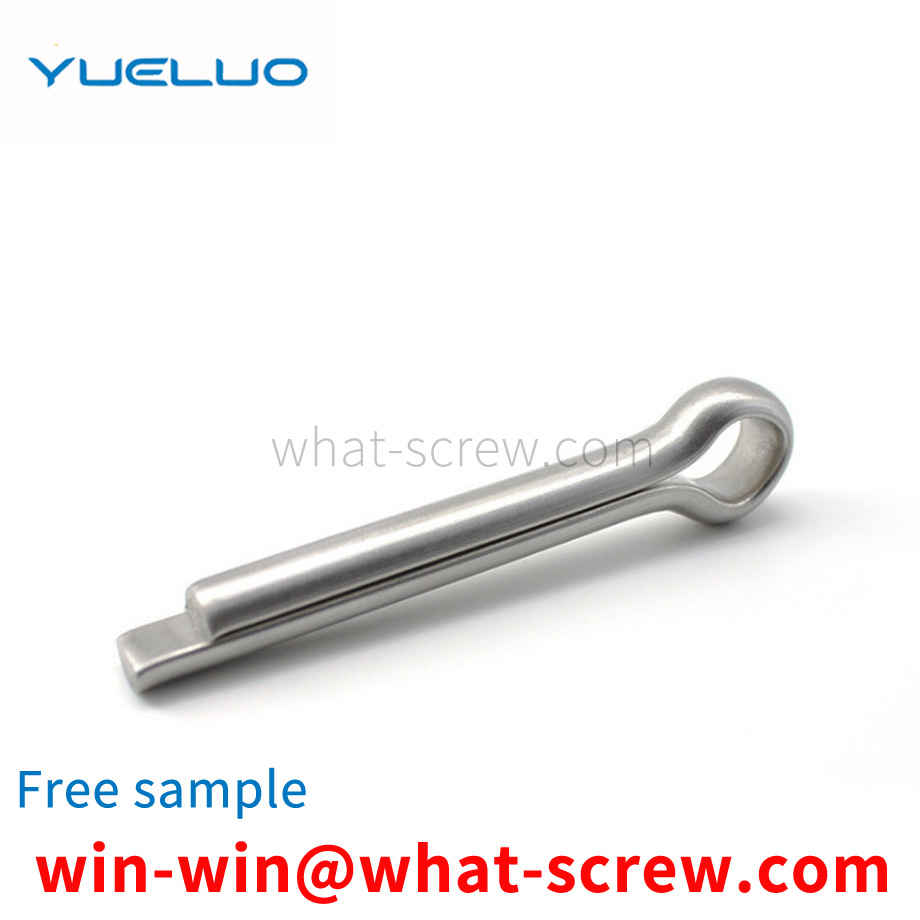
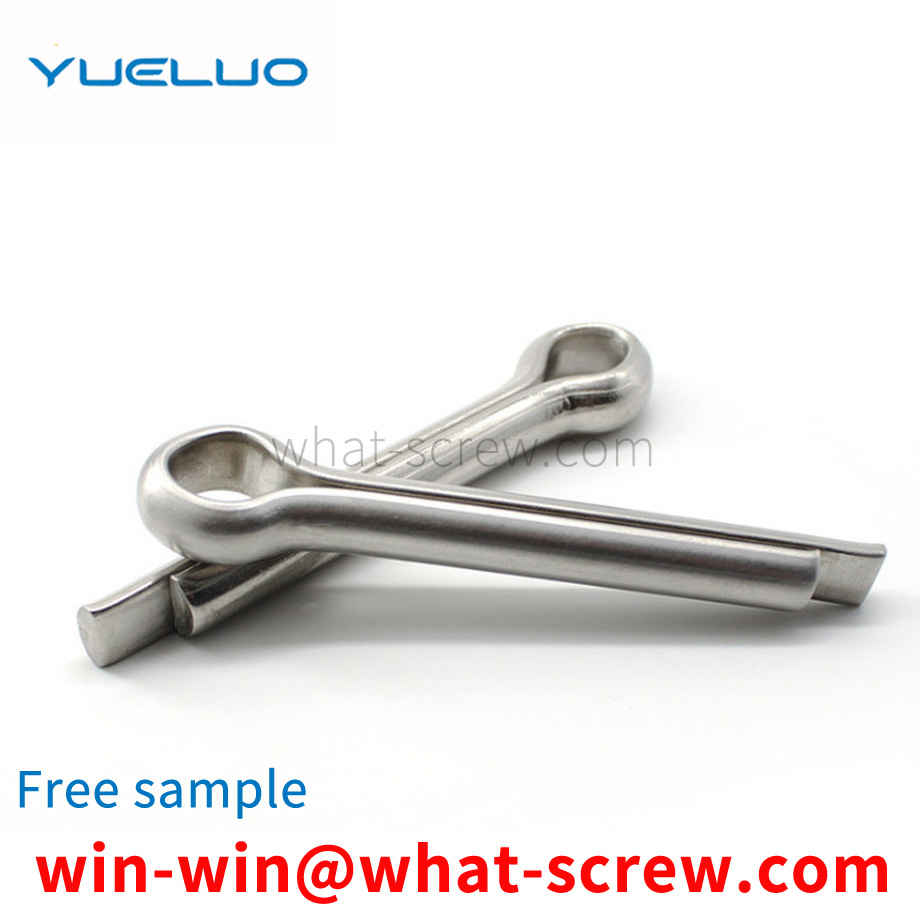
Alloy Steel Nuts Hexagon Nuts (GB6170/DIN934, GB6175), Flange Nuts (GB6177/DIN6923) Round Nuts (GB812), Small Round Nuts (GB810), American Square Nuts, American Hex Nuts (NI/MEB18.2.2), Heavy Duty Nuts (Metric, US). Specifications: 5/16-4. Nut specification editing Nut specification table is to unify all kinds of nuts in detail, and use the table to subdivide some specifications of nuts. There are many types of nuts, and there are nuts of different materials. 。 Each type of nut has different specifications, and each type of screw also has its own mechanical properties and functions.
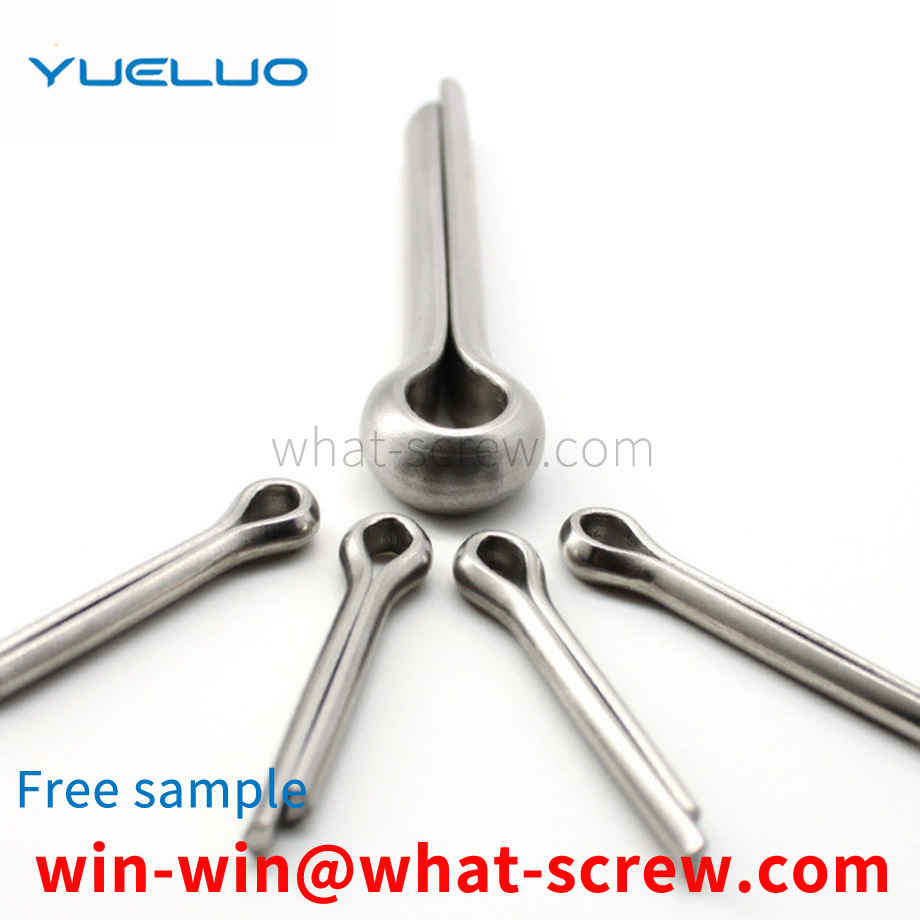
The bolt thread is generally cold worked, so that the thread blank within a certain diameter range passes through the rubbing (rolling) wire plate (die), and the thread is formed by the pressure of the wire plate (rolling die). The plastic streamline of the threaded part is not cut off, the strength is increased, the precision is high, and the quality is uniform, so it is widely used. In order to make the outer diameter of the thread of the final product, the required thread blank diameter is different, because it is limited by factors such as thread accuracy and whether the material is coated or not. Rolling (rubbing) thread is a processing method that uses plastic deformation to form thread teeth. It uses a rolling (screwing plate) die with the same pitch and tooth shape as the thread to be processed, while extruding the cylindrical screw blank, while rotating the screw blank, and finally transferring the tooth shape on the rolling die to the On the screw blank, the thread is formed. The common point of rolling (rubbing) thread processing is that the number of rolling revolutions does not need to be too much. If it is too much, the efficiency will be low, and the surface of the thread teeth will easily cause separation or random buckle. On the contrary, if the number of revolutions is too small, the diameter of the thread is easy to be out of round, and the pressure at the initial stage of rolling increases abnormally, resulting in a shortening of the life of the die. Common defects of rolled threads: cracks or scratches on the surface of the thread part; random buckles; out of roundness of the thread part. If these defects occur in large numbers, they will be discovered during the processing stage. If the number of occurrences is small, the production process does not notice these defects and then circulates to users, causing trouble. Therefore, the key issues of processing conditions should be summarized, and these key factors should be controlled in the production process.
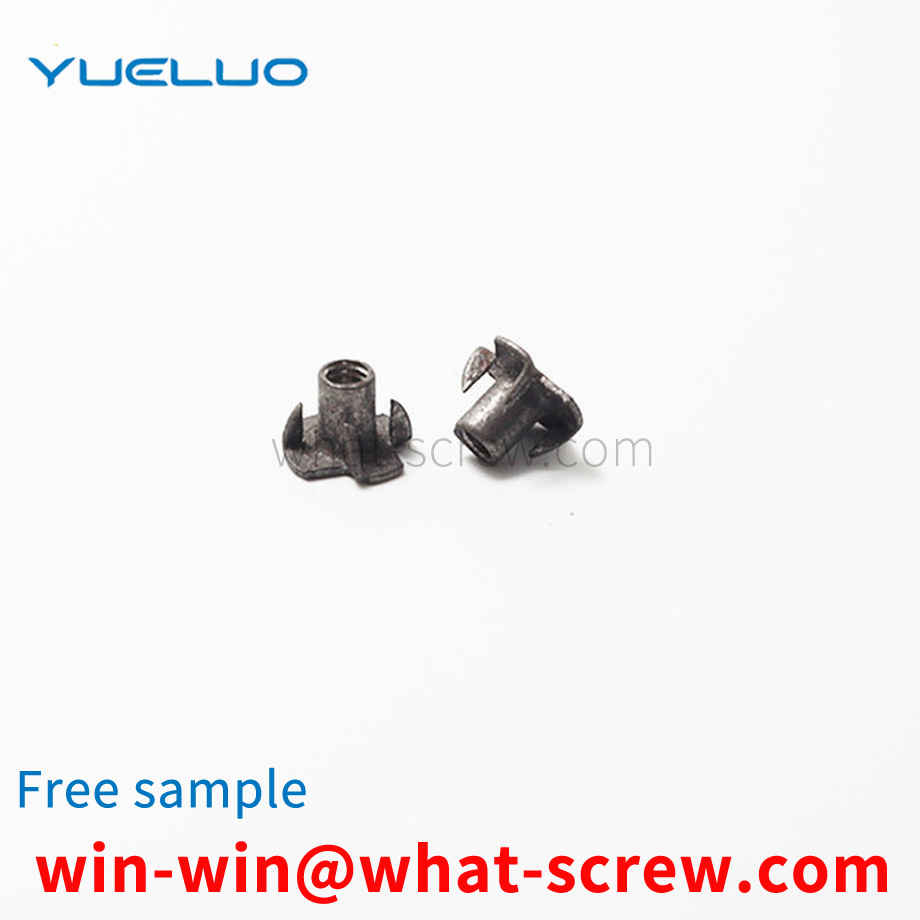
The above content is uploaded by Yueluo or the Internet. If there is any copyright issue, please contact [email protected].

What is the tolerance range of precision screws?

How to choose the right stainless steel screw manufacturer?

Why is there an R angle under the head of the hexagon head s...

We have more than ten years of experience in screw industry ...
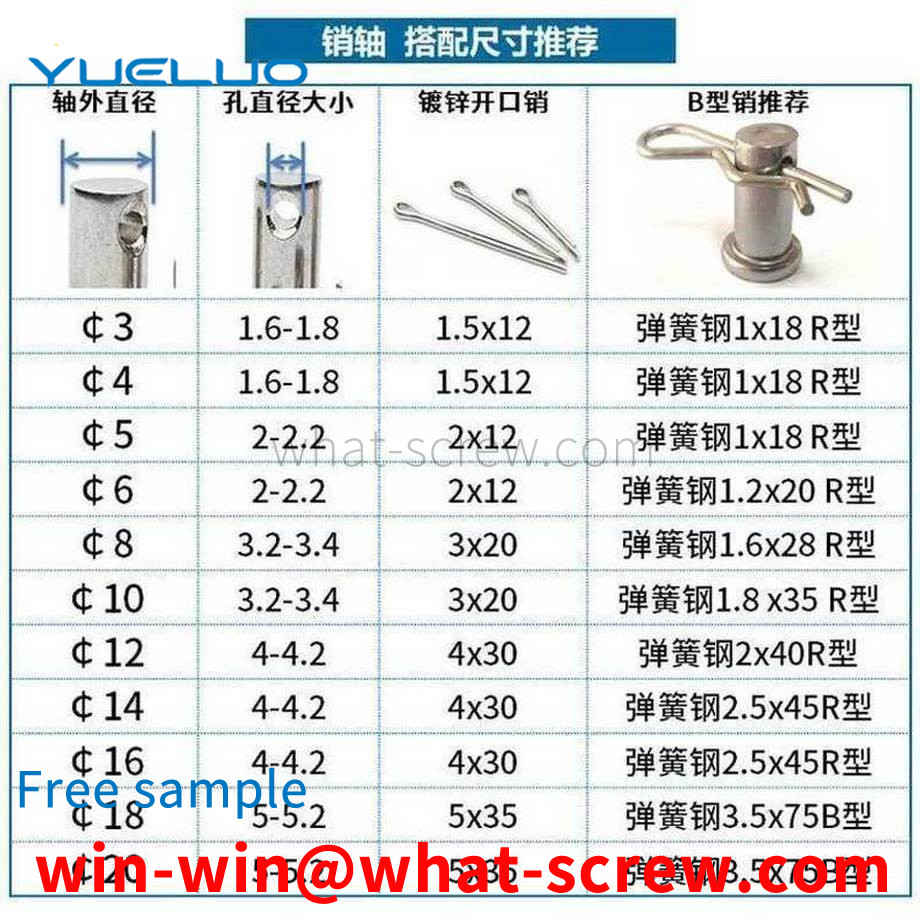
We have more than ten years of production experience in the ...

We have more than ten years of experience in screw industry ...
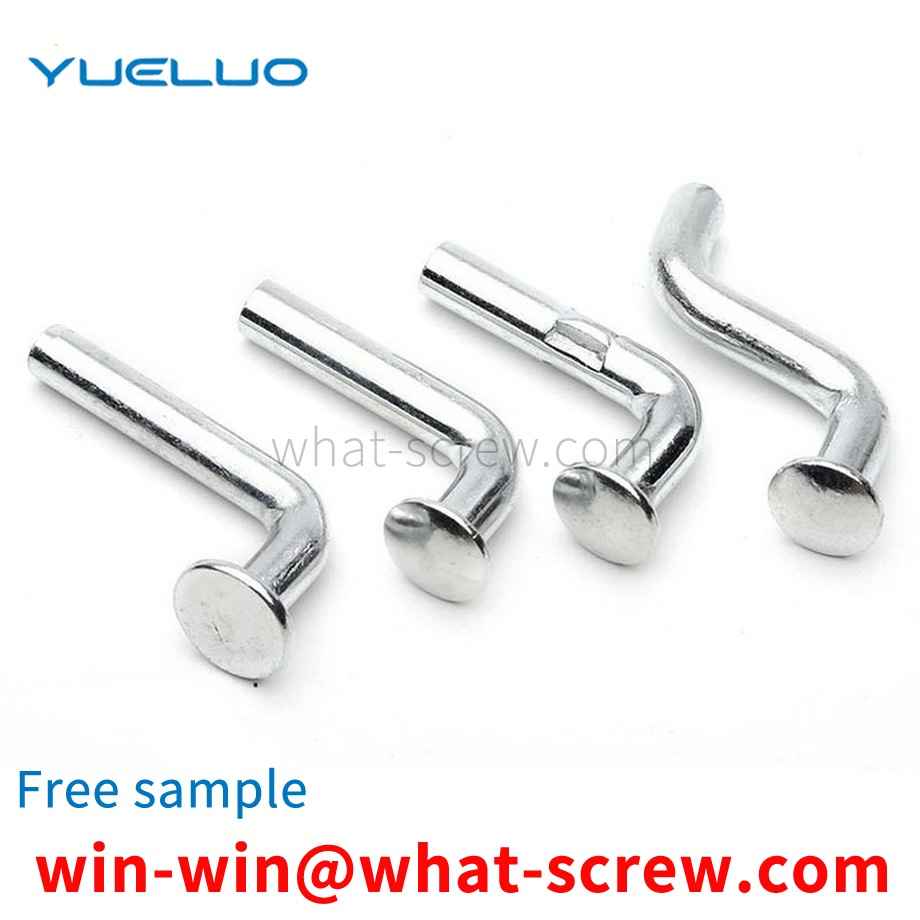
We have more than ten years of production experience in the ...